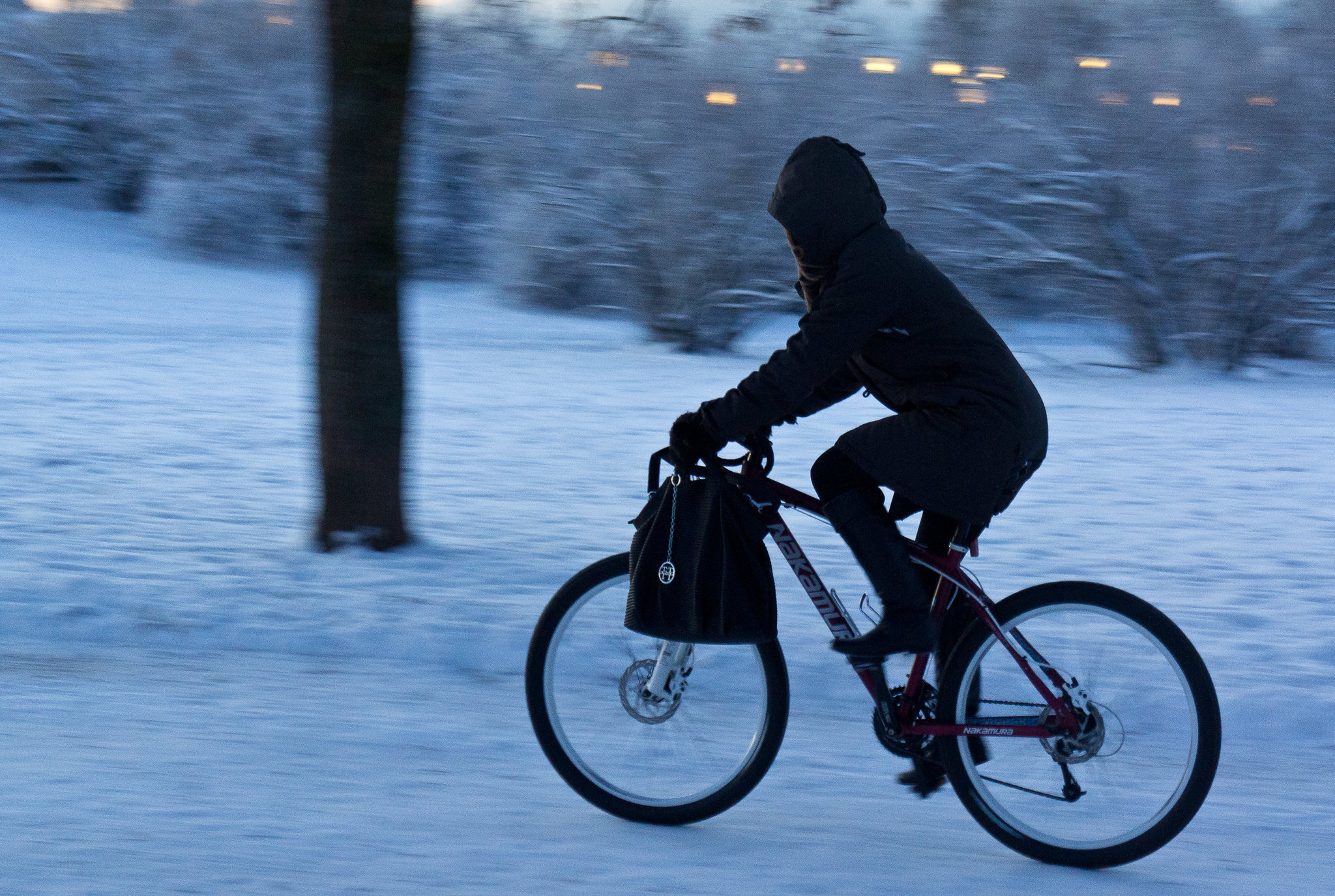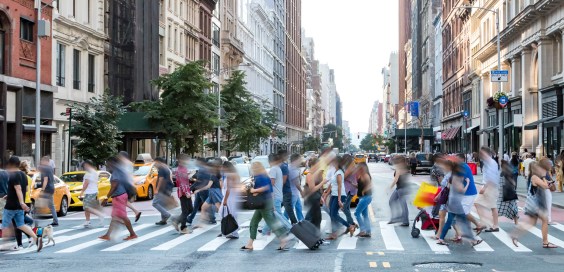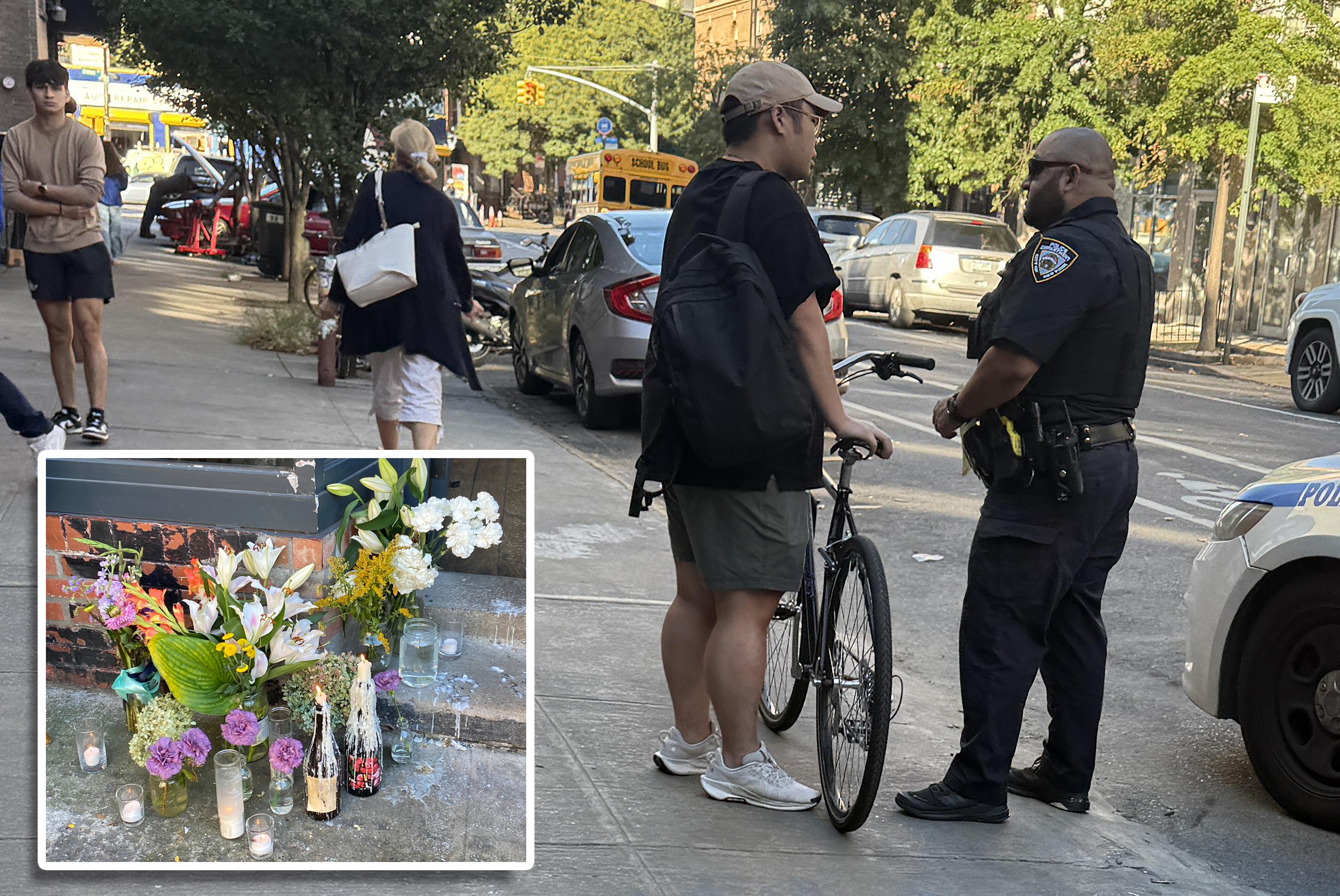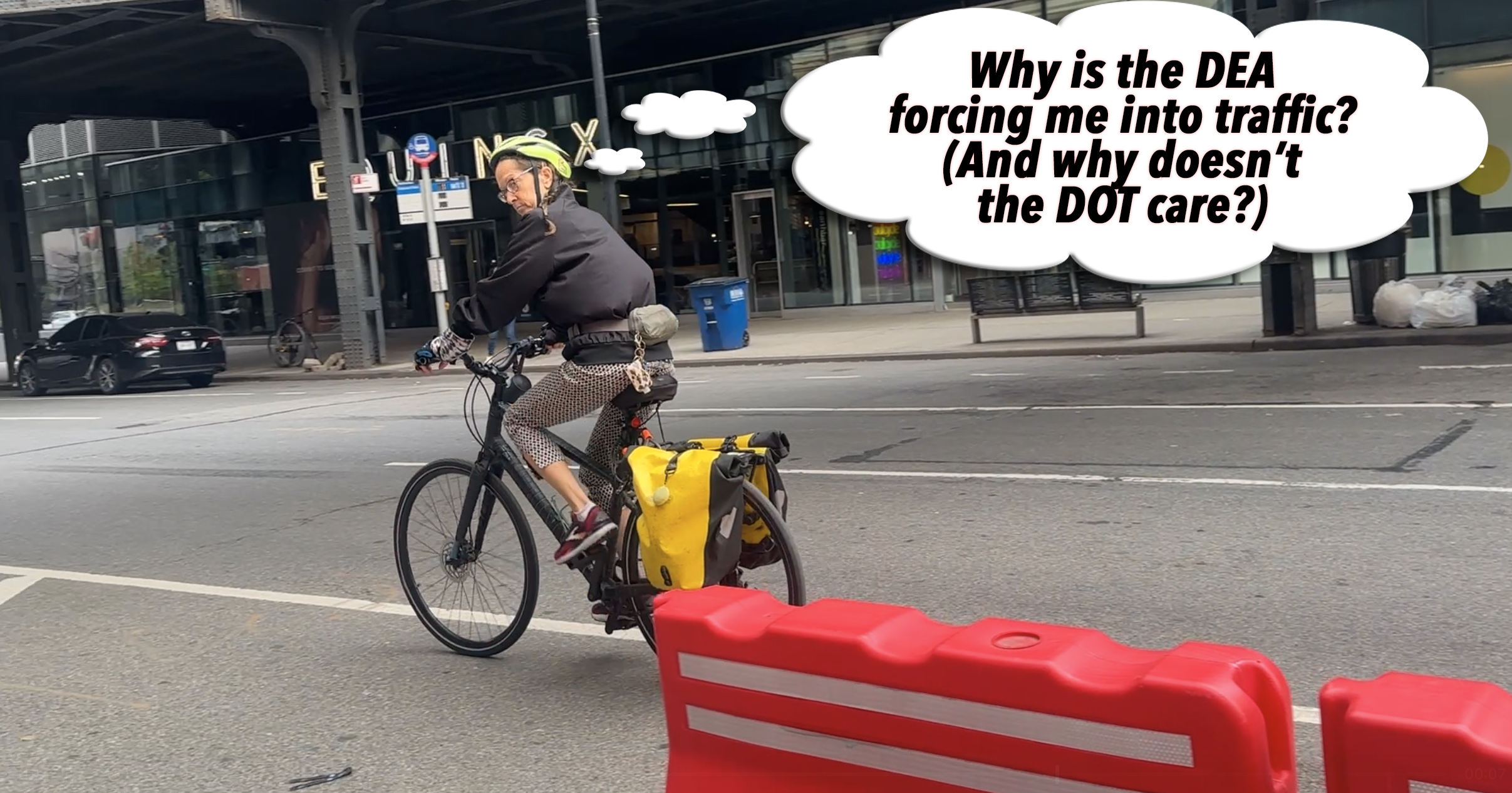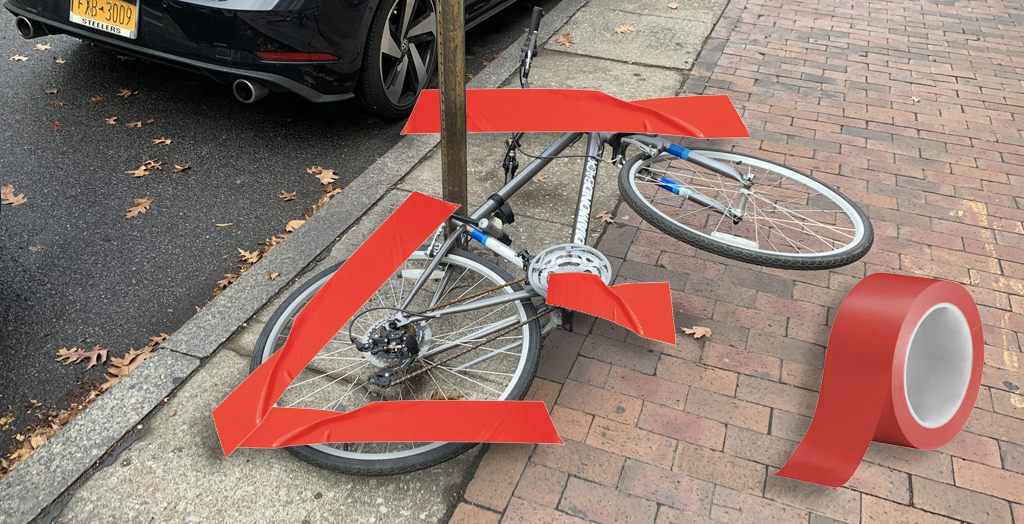It's our way or the Norway.
New Yorkers can't seem to be happy about anything, with some people greeting the city's announcement about year-round outdoor eating by complaining about cold hands and colder entrees.
You know those gray slush mountains that accumulate along NYC curbs in the winter? Yeah? Congratulations, that's where you eat now.
— Quarantnina.social (@NinaIppolito) September 25, 2020
But other places have cold winters and outdoor eating also, and they seem to do just fine. Take Oslo, Norway, where the average temperature from December to February is a brisk 23 to 33 degrees, which is only a few degrees colder than New York's 30- to 42-degree average.
So Norway is colder, but Norwegians don't sit around complaining about the cold.
"In Norway we have a saying: 'There is no such thing as bad weather, only bad clothing,'" said Ginni Wiik, consul at the Royal Norwegian Consulate General in New York.
Streetsblog had reached out to the heartiest folk we can think of — so naturally the birthplace of New York Rangers legend Mats Zuccarello came to mind. Wiik was good enough to offer a few tips for how Oslovians make the most of their darkest hours.
Of course outdoor dining is more comfortable if there is a heater, (eco-friendly and electric is of course preferable to gas), but even without the heater you can be fine dining outside.
Tip 1: Wear wool! The best is to have woolen clothes straight on your skin, as this keeps you much warmer than a layer of cotton with a woolen layer on top.
Tip 2: Layer up! You want to have layers so that you can regulate your temperature. If you are out walking, you will be warmer than when you sit down; bring an extra layer of wool for when you are seated, (and woolen long johns: a must for serious outdoor diners).
Tip 3: Wear a wind-stopper to make sure that glorious New York wind does not enter your body.
Tip 4: Always have a (big) woolen scarf handy — chances are you want to either have it around your neck, head, waist, legs or all of the above when you are seated outside: the bigger, the better! (In Oslo, most outdoor dining provides a fleece or woolen blanket as well, but bringing you’re your own is always a safe bet.)
Wiik, of course, is based in New York City, so she and her colleagues were excited by the de Blasio administration move.
"We look forward to bringing out our Norwegian woolens and enjoy al fresco New York in winter!" she said.
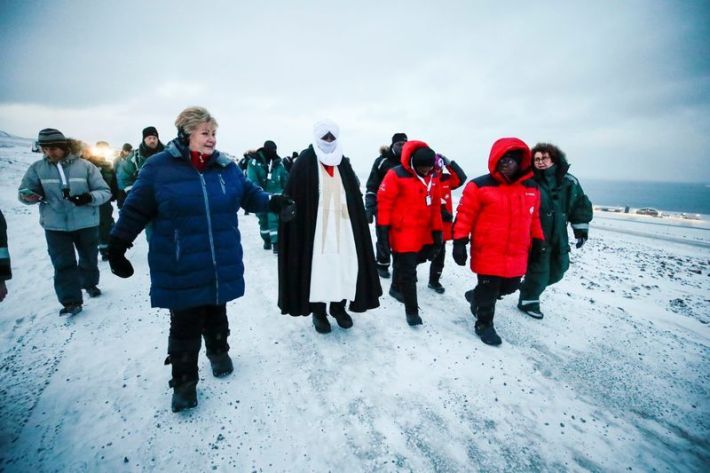
It's curious that Wiik mentioned alternatives to heaters. Some restauranteurs are trying to get by without too many heaters, deploying table-sized yurts that keep customers safe from the wind. The city's proposal says that restaurateurs can fully enclose their outdoor tables, but that would make them subject to the same 25-percent capacity rules that govern the soon-to-be-restored indoor dining.
It's unclear what other eateries will do; outdoor regulations say that restaurants can use propane heaters this year (but they might have trouble finding any). And any heater that's not the sun raises serious environmental concerns, as Streetsblog reported last week, but our traffic and carbon whiz Charles Komanoff said the removal of parking spots will basically cancel out the extra emissions from the heaters.
Whatever the solution, New Yorkers will get through this, if Oslo is any indication. Indeed, it's not as if no one in the city (population: 681,067) isn't enjoying what the New York Times called "a delectable local food culture" and Wine Spectator called an "unexpected haven for wine and food lovers."
And if we can follow Oslo's advice on dining, perhaps we can follow the Norwegian capital's lead on attaining the "zero" in Vision Zero last year. How did the city do it? As Streetsblog USA reported, "Oslo devis[ed] a plan in 2015 to restrict cars from its square-mile city center and hike fees for entering and parking around the city’s core."
The city also removed 700 parking spaces and replaced them with 37 miles of bike lanes and pocket parks.
Maybe New York won't go that far under this mayor, so until then, at least remember to grab some wool underwear and conjure your best Lenny Kravitz impression (the big scarf, you pervert) to enjoy supporting your favorite restaurant this winter.
Nyt måltidet!
